expansion and contraction of exterior walls
bbmanty
10 years ago
Related Stories

BUDGETING YOUR PROJECTConstruction Contracts: What to Know About Estimates vs. Bids
Understanding how contractors bill for services can help you keep costs down and your project on track
Full Story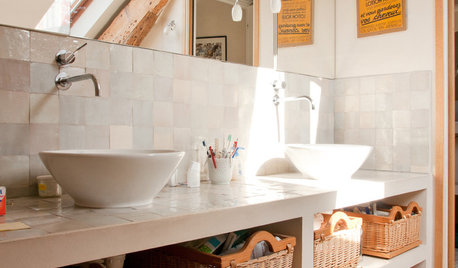
WORKING WITH PROSConstruction Contracts: How to Understand What You Are Buying
Learn how plans, scope of work and specifications define the work to be completed
Full Story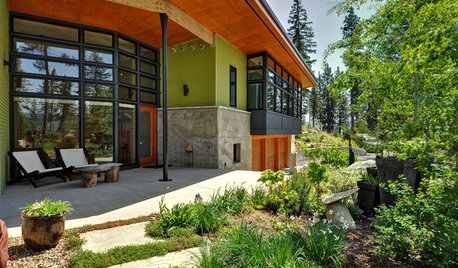
BUDGETING YOUR PROJECTConstruction Contracts: What Are General Conditions?
Here’s what you should know about these behind-the-scenes costs and why your contractor bills for them
Full Story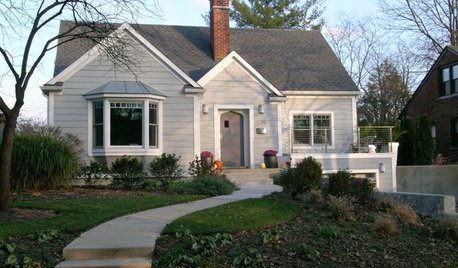
REMODELING GUIDESOne Big Happy Expansion for Michigan Grandparents
No more crowding around the Christmas tree. Friends and extended family now have all the elbow room they need, thanks to a smart addition
Full Story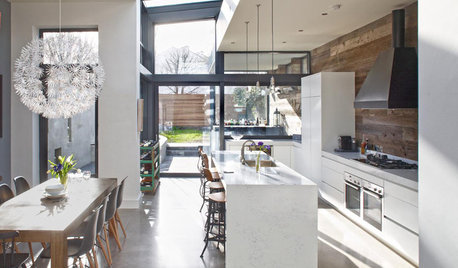
CONTEMPORARY HOMESHouzz Tour: Home Expansion Lets the Sunshine In
A Dublin home expands to accommodate a couple’s growing family and their love of entertaining
Full Story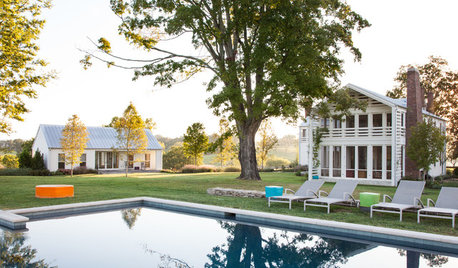
HOUZZ TOURSWe Can Dream: An Expansive Tennessee Farmhouse on 750 Acres
Wood painstakingly reclaimed from old barns helps an 1800s farmhouse retain its history
Full Story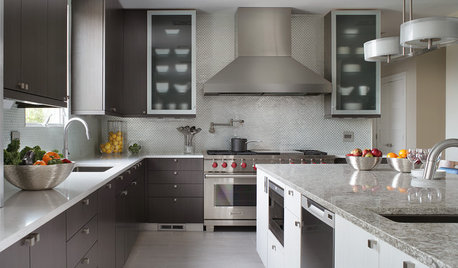
BEFORE AND AFTERSKitchen Expansion Is a Crowd Pleaser
A modern makeover and clever new layout make this New Jersey kitchen a hotspot for friends and family
Full Story
HOUZZ TOURSHouzz Tour: From Overgrown Weeds to Picturesque Farmhouse Expanse
This once-neglected 100-acre South Carolina site now features a lake, a wood-filled farmhouse and a far-reaching view
Full Story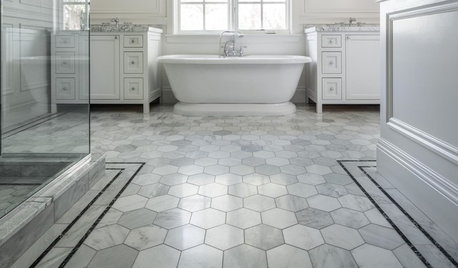
TILEWhy Bathroom Floors Need to Move
Want to prevent popped-up tiles and unsightly cracks? Get a grip on the principles of expansion and contraction
Full Story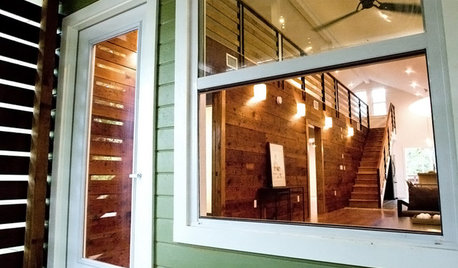
DESIGN DICTIONARYShiplap
Overlapping boards allow for expansion on a home's exterior in moderate climates
Full StoryMore Discussions






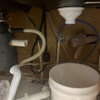
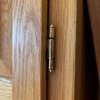
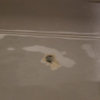
klem1
bbmantyOriginal Author
Related Professionals
Biloxi Kitchen & Bathroom Remodelers · Great Falls General Contractors · Henderson General Contractors · New Braunfels General Contractors · Prichard General Contractors · Kissimmee Painters · Anaheim Painters · Columbia Heights Painters · Euless Painters · Fort Pierce Painters · Hoover Painters · Lansdale Painters · Melrose Painters · Pepper Pike Painters · Spanish Fork Painterskrissie55
renovator8
GreenDesigns
klem1
User
_sophiewheeler
geoffrey_b